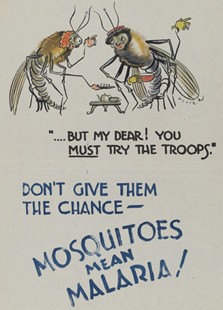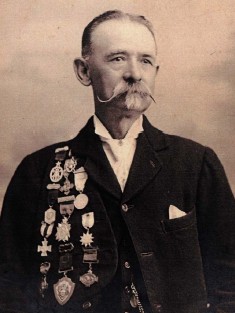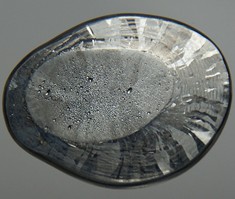 Despite a government ban, Cambodian dredgers are once again raking the floor of the Koh Pao River in search of vast quantities of sand. The risk of running afoul of the authorities is apparently far outweighed by the riches to be gained from exporting sand to Singapore, which desperately needs the granular commodity to expand physically. If anything, the ban on dredging in Cambodia—which followed the example set by Indonesia and other sand exporters—will simply drive up the price of sand to even more astronomical levels:
Despite a government ban, Cambodian dredgers are once again raking the floor of the Koh Pao River in search of vast quantities of sand. The risk of running afoul of the authorities is apparently far outweighed by the riches to be gained from exporting sand to Singapore, which desperately needs the granular commodity to expand physically. If anything, the ban on dredging in Cambodia—which followed the example set by Indonesia and other sand exporters—will simply drive up the price of sand to even more astronomical levels:
The legitimate sand is first sold to international brokers, at about S$1.50 (65 US cents) per cubic meter, who then mark it up to Singapore construction firms at S$20 (US$13). Analysts predict the price of sand could shoot up to S$50 per ton or more because of the ban, with an ensuing increase in overall construction costs.
As is the case with illicit drugs, the demand is virtually guaranteed to remain steady regardless of the measures taken by the likes of Cambodia and Indonesia—Singapore will not give up its yen to grow just because construction materials are becoming dearer. As a result, expect a lot more smuggling in the near future, a crime trend that is already growing by leaps and bounds.
The only possible solution we foresee is some sort of new technology that allows Singapore to expand using non-sand means. Islands made of recycled plastic, perhaps?


















